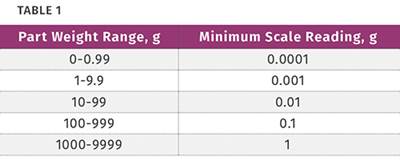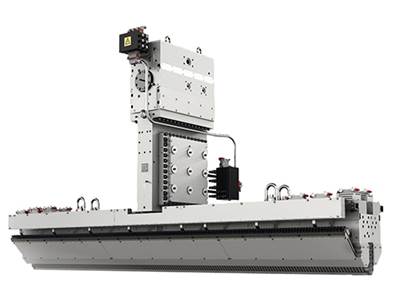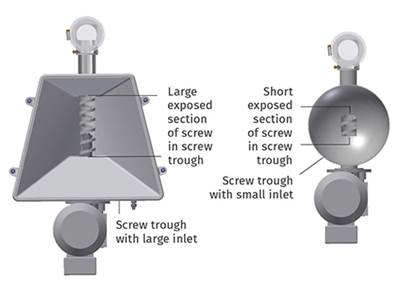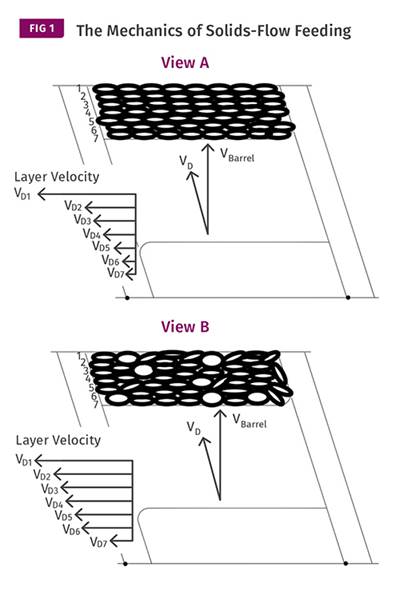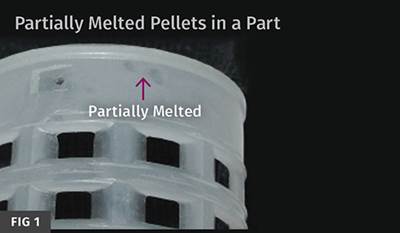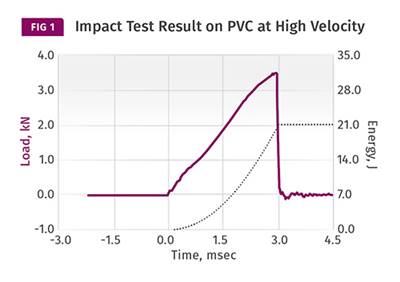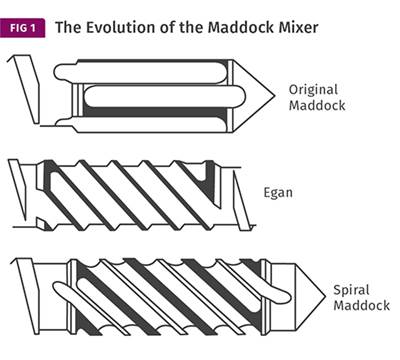processing tips
INJECTION MOLDING: Gate-Seal Testing Done Right
Follow these 16 steps to perform the experiment and learn what is best for your part and process.
Read MoreWhat You Need to Know to Make World-Class Stretch Film
Advances in materials, feedblock/die technologies, and winding can help processors develop more sophisticated cast-stretch products.
Read MoreSpec’ing a Robot? Match It To Your Press Size & Project
Where is your ´óĎó´«Ă˝ today? What might tomorrow’s molding projects look like? These are among the questions you need to answer when deciding what style of robot is best for you.
Read MoreTo Improve Feeder Performance, Start by Understanding Three Key Components
These are the screw trough, agitator, and the screw itself. It’s crucial to understand the different types and the advantages/disadvantages of each.
Read MoreEXTRUSION: Pellet Geometry Can Impact Output
A simple angle-of-repose experiment can help you determine how your pellets will feed.
Read MoreINJECTION MOLDING: Why Pellet Size and Shape Are Important
Uniformity is needed to help ensure melt quality.
Read MoreMATERIALS: Impact Testing: The Problems With Single-Point Data
Knowledge of test conditions and graphical data showing the course of the impact event can help provide engineers and designers with the information they need to make informed choices about material toughness.
Read MoreEXTRUSION: Barrier Screws and Mixers
For some reason, there are a lot of barrier screws in operation with high-shear mixers, when a distributive mixer is usually a better choice.
Read MoreUnderstanding Machine vs. Plastic Variables
Why setup sheets, DOEs, validations, etc. may not yield the results they should.
Read MoreOvercome the Challenges in Winding Flexible Packaging Film
Not all film webs are created equal. This creates challenges for both winder and operator. Here’s how to handle them.
Read More